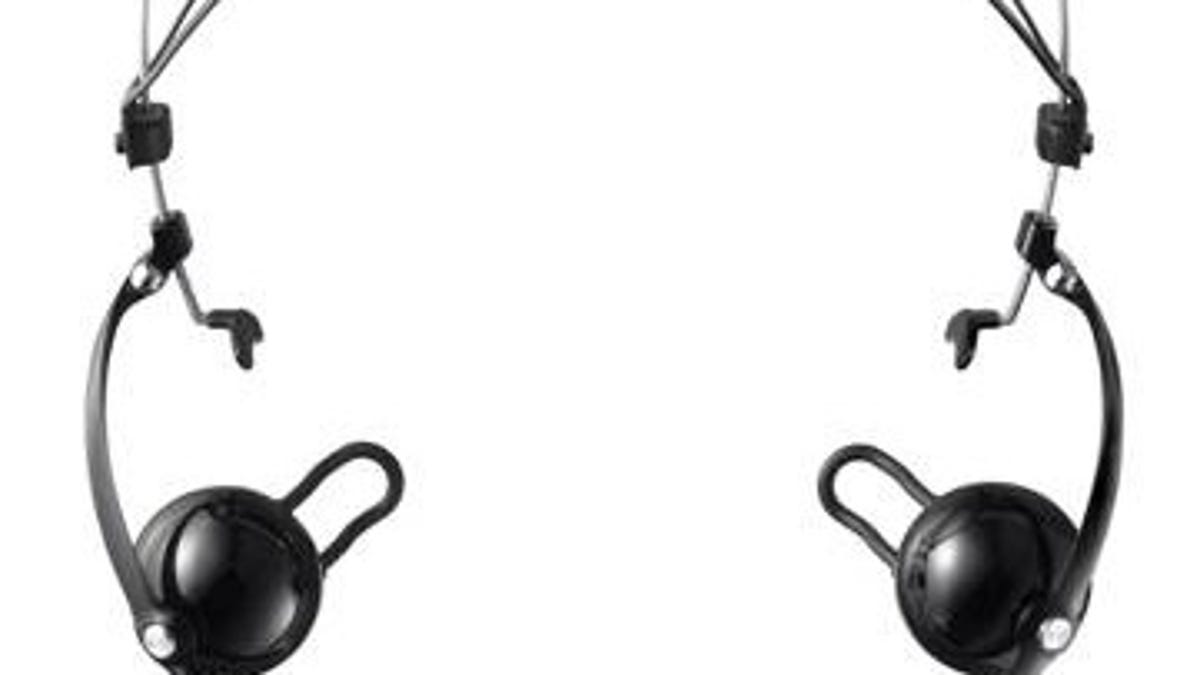Sony's $500 headphones to hit U.S.
Sony has announced the pricing and availability of their unique headphones, the PFR-V1.

We spend a lot of time on Crave complaining about all the cool gear that gets released in Japan but never makes it to the U.S. Sometimes, however, we see things from Japan that are so out there, we suspect the Japanese kept quiet out of sheer mercy, preventing our fat American heads from exploding. The Sony PFR-V1 personal field speakers (ie. headphones) are just such an item, and they're coming to America.
Available in April for around $500, the Sony PFR-V1 are a bizarre-looking solution to an age-old audiophile headphone dilemma: How do you recreate the superior sound stage characteristics of listening to full-size speakers, in a portable product that fits on your head? The problem with typical headphones is that they unnaturally point sound towards the center of your skull and don't take advantage of the sound-collecting properties of your outer ear. Most people can live with the sonic compromise offered by headphones, but if you're not one of them, then Sony has a new solution.
The PFR-V1 personal field speakers are a set of 1-inch, die-cast aluminum speakers that are draped over your head and placed near your temples, about a half-inch in front of your ears. While the speakers take care of mid and high frequencies, low frequencies are driven directly into the ear canal through extended bass reflex tubes. A small, AA-battery powered headphone amplifier powers the whole thing for about 200 hours..
Seems like a long way to go (and a lot of money) to achieve personal audio nirvana, but we have to admit we're curious to try these out. These things must bleed sound like crazy.

